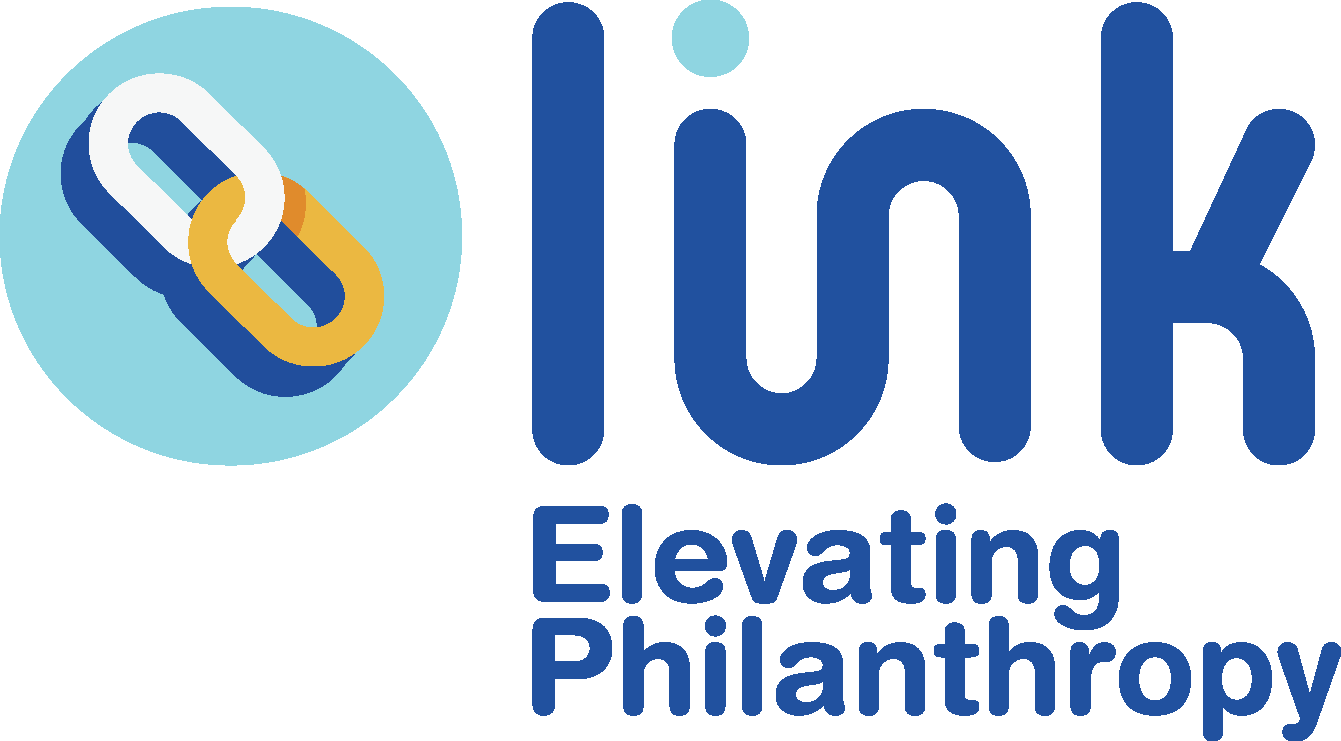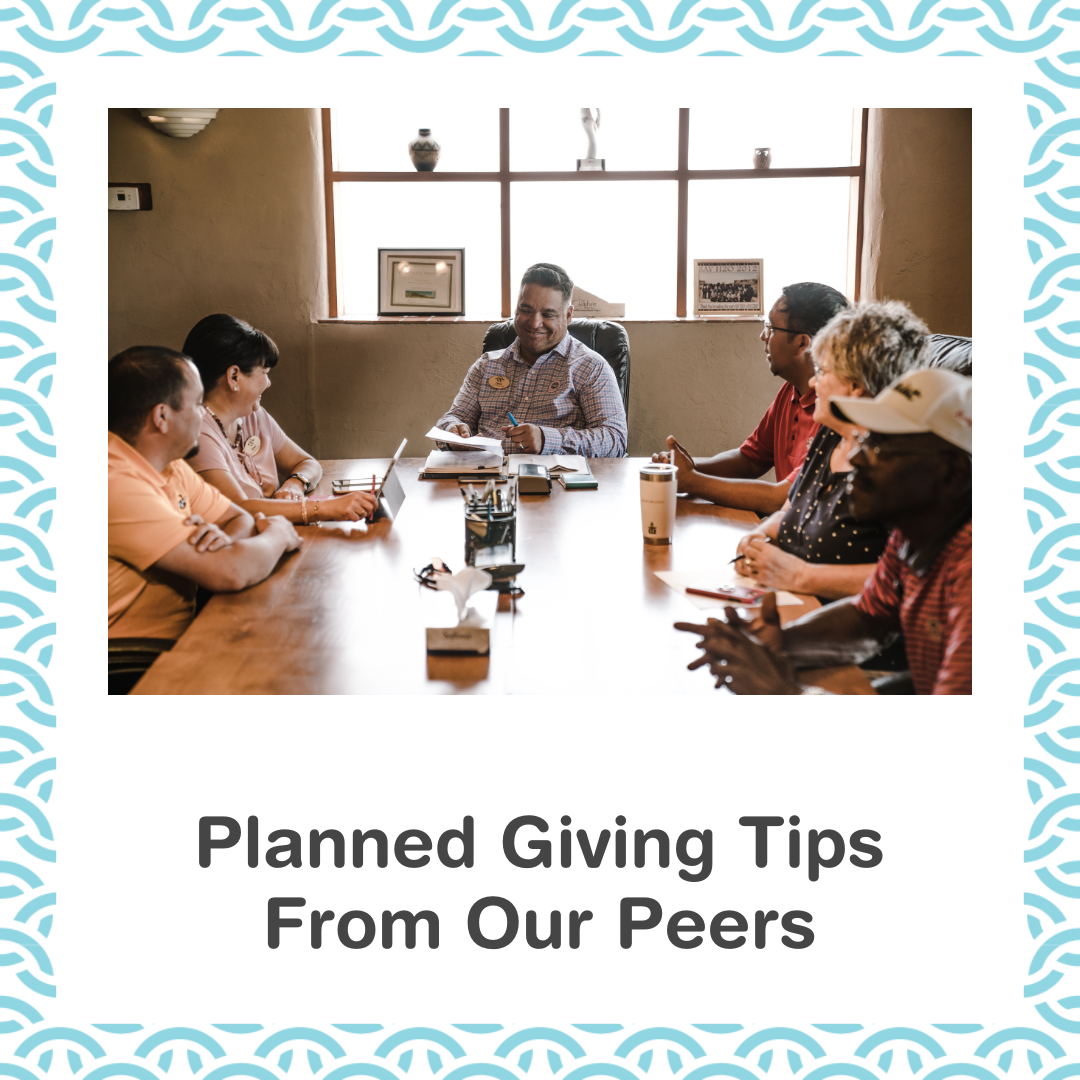Planned Giving Tips From Our Peers
Planned giving is a team sport. Collaboration, sharing, and listening to other perspectives are essential aspects of a successful legacy giving program. Over the years, we have collaborated on panels and with clients, and we have shared our common wisdom with each other. To support and highlight our peers, we are excited to share some of their best tips.
We believe that stewardship is a key component of any legacy giving program. According to Margaret Holman, President of Holman Consulting, “Stewardship is the lost art of planned giving…so don’t forget to establish a meaningful contact program for each of your planned gift donors.”
For many organizations, we advise stewarding donors through the creation of a legacy giving society. Nanette Fridman, Founder and President of Fridman Strategies agrees. She believes it is essential “to have at least one in-person gathering of their legacy society a year [to] build, strengthen, and maintain community amongst some of an organization’s most loyal and dedicated donors.”
Another way to engage current and future planned giving donors, according to Debra Rubenstein, JD and Planned Giving Consultant, is through the creation of “a special Planned Giving Committee of lay leaders who have made their own planned gifts.” We love this advice. Cultivating a list of current planned giving donors and/or lay leaders who are excited to identify and solicit planned giving prospects can give your legacy program a huge boost of momentum.
As you know, legacy giving is not one size fits all. Every donor is different and will have unique needs when it comes to planned gifts. While bequests make up the vast majority of legacy gifts, they are not right for everyone. Jonathan Gudema, Founder of Planned Giving Advisors, suggests offering charitable gift annuities as an option, saying, “find a way to accept them and depending on the state you are in, reinsurance can be a great way to avoid risk and free up cash immediately.”
Barbara O’Reilly, Principal of Windmill Hill Consulting also makes an excellent point about approaching donors with a both/and mindset. According to Barbara, “Donors who leave nonprofits in their wills still want to give today. So, don’t be hesitant to invite them to…give now while honoring their intent to give later through their estate.” Bruce Temkin, President of Temkin Strategies, agrees that options are important. While many organizations limit their planned giving opportunities to once yearly, Bruce wants nonprofits to understand that “creating or revising a donor’s will isn’t something done lightly; make sure the option is always there for the donor.” We couldn’t agree more.
Once you understand legacy giving basics, the fun can begin! Anat Becker, a charitable gift planning advisor has a great suggestion–partnering with your local Gift Planning Council. Anat says, “Such councils offer a network of professionals, including gift planners, major gifts officers, annual giving officers, and vendors of related services.” These councils are an excellent resource and can provide opportunities to meet, collaborate with, and learn from fellow planned giving practitioners. Collaboration is a key component of a successful planned giving program, and we love that Anat is presenting an exciting and informational way to engage with others.
We hope these tips and strategies are inspiring you to start or enhance your planned giving journey. We certainly feel inspired!


